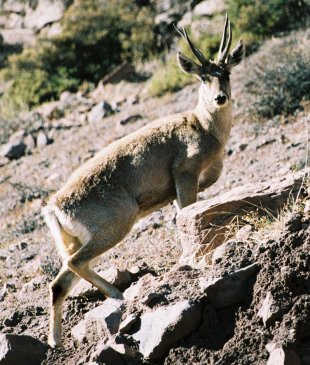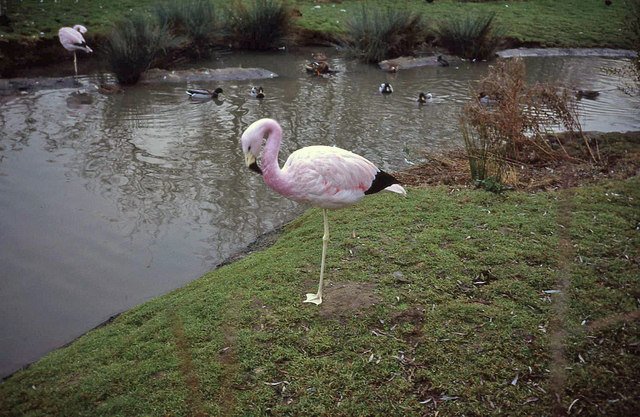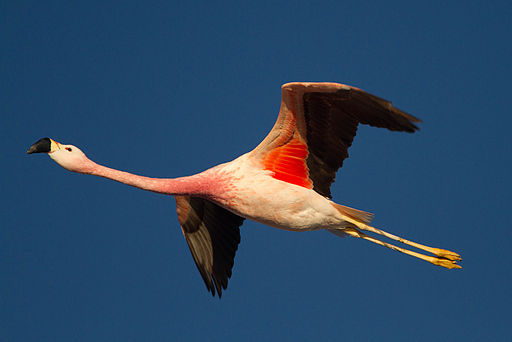Congratulations to Danelle for winning the Pocoyo's Circus DVD. Come back tomorrow for a new giveaway!
 I haven't done a math lesson post in awhile, so I thought I would share some great picture books on shapes and patterns and a fun activity I use to do with my geometry students made easier for younger kids. The first book I am sharing is Round is a Tortilla: A Book of Shapes by Roseanne Greenfield Thong. Since it is still Hispanic Heritage Month, this is the perfect book to share and use for shapes. The book goes through many shapes: circles, squares, rectangles, stars and more. Each shape has several different things that are that shape. Many of the objects are mentioned in Spanish or are Hispanic in origin. We really enjoyed reading this book as it taught a bit about the culture as well as the shapes.
I haven't done a math lesson post in awhile, so I thought I would share some great picture books on shapes and patterns and a fun activity I use to do with my geometry students made easier for younger kids. The first book I am sharing is Round is a Tortilla: A Book of Shapes by Roseanne Greenfield Thong. Since it is still Hispanic Heritage Month, this is the perfect book to share and use for shapes. The book goes through many shapes: circles, squares, rectangles, stars and more. Each shape has several different things that are that shape. Many of the objects are mentioned in Spanish or are Hispanic in origin. We really enjoyed reading this book as it taught a bit about the culture as well as the shapes. The next book is A Star in My Orange: Looking for Nature's Shapes by Sana Meachen Rau is a fun book about looking for stars in nature. Some we have thought of are on the leaves of tomatoes. This one had a few of its points bent and/or broken, but you can get the general idea.
The next book is A Star in My Orange: Looking for Nature's Shapes by Sana Meachen Rau is a fun book about looking for stars in nature. Some we have thought of are on the leaves of tomatoes. This one had a few of its points bent and/or broken, but you can get the general idea.
Another place is in an apple when you cut it horizontal instead of along the length of the core.

Our final book for today is part of the Math Every Day series and it is Patterns Outside by Daniel Nunn. It is a wonderful book to introduce looking for patterns. The focus of the book is patterns found at a park in nature.
Now to go with these three books, I thought a fun activity would be a shape scavenger hunt and scrapbook. This is an activity I use to do with my high school geometry students. Their list was much longer and harder, but I made a simple one in Word that you can use or change to what your child knows. (I did this project with the students at the beginning of the year to introduce many of the vocabulary words to them.)
The activity itself is to find different triangles either in a picture from a magazine, newspaper (some place they can cut it out) or take a photograph of one. Ideas would be the triangle formed to make a roof, a triangle musical instrument, the triangle in a butterfly wing, etc. I gave numbers for each shape. The list is done by pages so all the pictures of the triangles will be on the same page, then the pictures of squares, etc. The object of the activity is for kids to see geometry and shapes everywhere as well as get use to the terms. If you try it, please let me know how you like it! Again feel free to adjust the shapes and vocabulary words to make it age appropriate for your child(ren).




























.svg.png)







